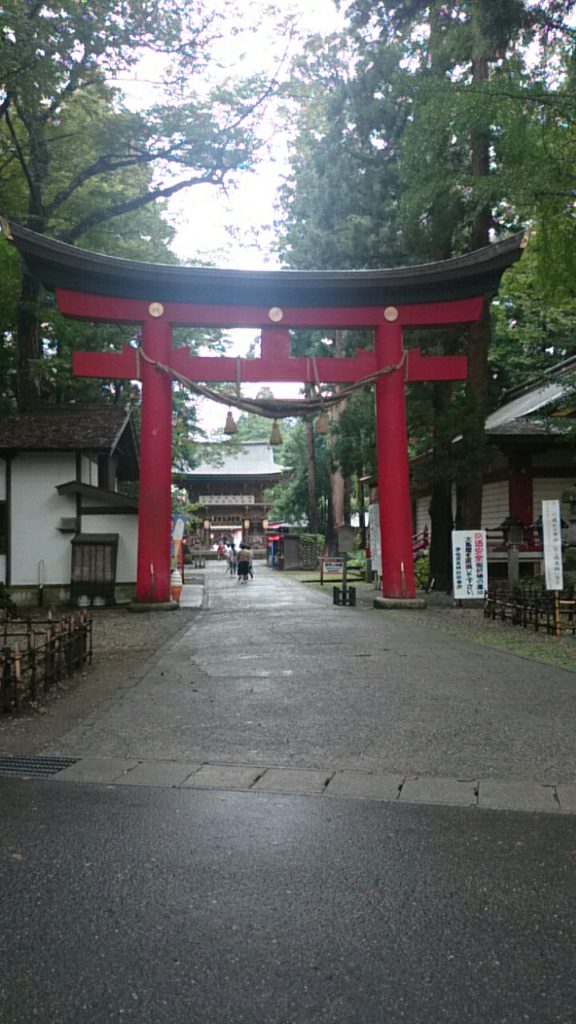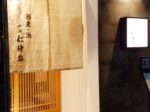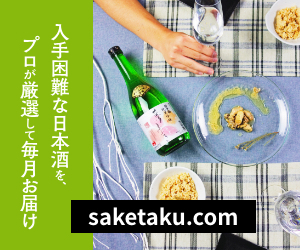- Home
- My Trip Diary
- Research Trip looking for restaurants serving Japanese Sake (Fukushima: Aizu-Wakamatsu Series)
Research Trip looking for restaurants serving Japanese Sake (Fukushima: Aizu-Wakamatsu Series)
- 2017/12/30

Good evening!
Thank you for visiting this blog.
I started a report about my trip to Fukushima last time, and it ended at Tsutsukowake Shrine in Tanagura Machi.
This time, the story moves from Tanagura to Aizu-Wakamatsu.
After I visited Tsutsukowake Shrine in Yatsuki, I went back the way I came and headed for Shirakawa.
On the way, I stopped at Tanagura Castle and had a look around the castle ruins.
I missed to take photos there again, so to express it with words, Tanagura Castle was a small castle which has no tower or turret but there are beautiful moat and earthworks to surround the castle.
It is said that this castle fell in one day in Boshin War (a civil war between Japan’s imperial and shogunate) in the end of Edo Era.
Meanwhile, Aizu-Wakamatsu Castle which I will talk about later lasted for more than 1 month in the attack of the imperial army, and finally they opened the castle after surrendered, and the buildings were not destroyed.
I imagine that only bigger castles like Aizu-Wakamatsu could survive the wars in the end of Edo Era when the technology of cannons had dramatically improved.
I finished Tanagura Castle in a rain, and went back to Shirakawa to take Tohoku highway to Aizu.
From Shirakawa Interchange, I drove up to Koriyama in the north.
I changed it to Ban-Etsu Expressway at Koriyama Junction and continued to the west.
When I was driving, after going through some tunnels which I didn’t expect that many, I could see Inawashiro Lake in the left and Bandai Mountain in the right (of course there are no photos because I was driving a car… ^^;).
After going further, the road became a downhill, and over the hill was Aizu-Wakamatsu City.
I could tell that it is a big city of flatlands surrounded by mountains, and many buildings standing on it.
The clock was a little passed noon at that time. It took 8 hours from Gunma (the west edge area just next to Nagano though) including the shrines and castle time.
I finally arrived in Aizu, and the first place I visited was “Isasumi Shrine”.
I though going to Aizu-Wakamatsu Castle first, but didn’t take it because my hotel was near the castle and decided to go to different areas beforehand.
Isasumi Shrine is the Ichinomiya Shrine (the prime shrine in the old state) of Aizu-Wakamatsu City.
This photo is the shrine. (finally, a photo!)
Tsutsukowake Shrine which I introduced in the first report is the Ichionomiya Shrine of “Mutsu no Kuni” (the old state name of that area) and Isasumi Shrine is the one of “Iwashiro no Kuni”.
For reference, the present Fukushima, Miyagi, Iwate, and Aomori prefectures were called “Mutsu no Kuni” until Boshin War ended in 1869 in Edo Era, and after the war, Meiji government divided it into 5 districts; Iwashiro (middle and western Fukushima), Iwaki (eastern Fukushima), Rikuzen (Miyagi), Rikuchu (Iwate) and Mutsu (Aomori).
Haihan-Chiken (abolition of “han” system and making prefectures) was done later in 1876, and Fukushima Prefecture was born.
Isasumi Shrine was originally Mutsu no Kuni’s 2nd graded shrine, but after the war, a group called “National Ichinomiya Kai” changed it to the first grade as “the new Ichinomiya”.

Restaurant Information
| Shop Name | |
|---|---|
| Prefectures | - |
| Tel | |
| Address | |
| Nearest Station | |
| Homepage | - |
| Business Hours | - |
| Holiday | |
| Introduction | |
| Sake List |
|



